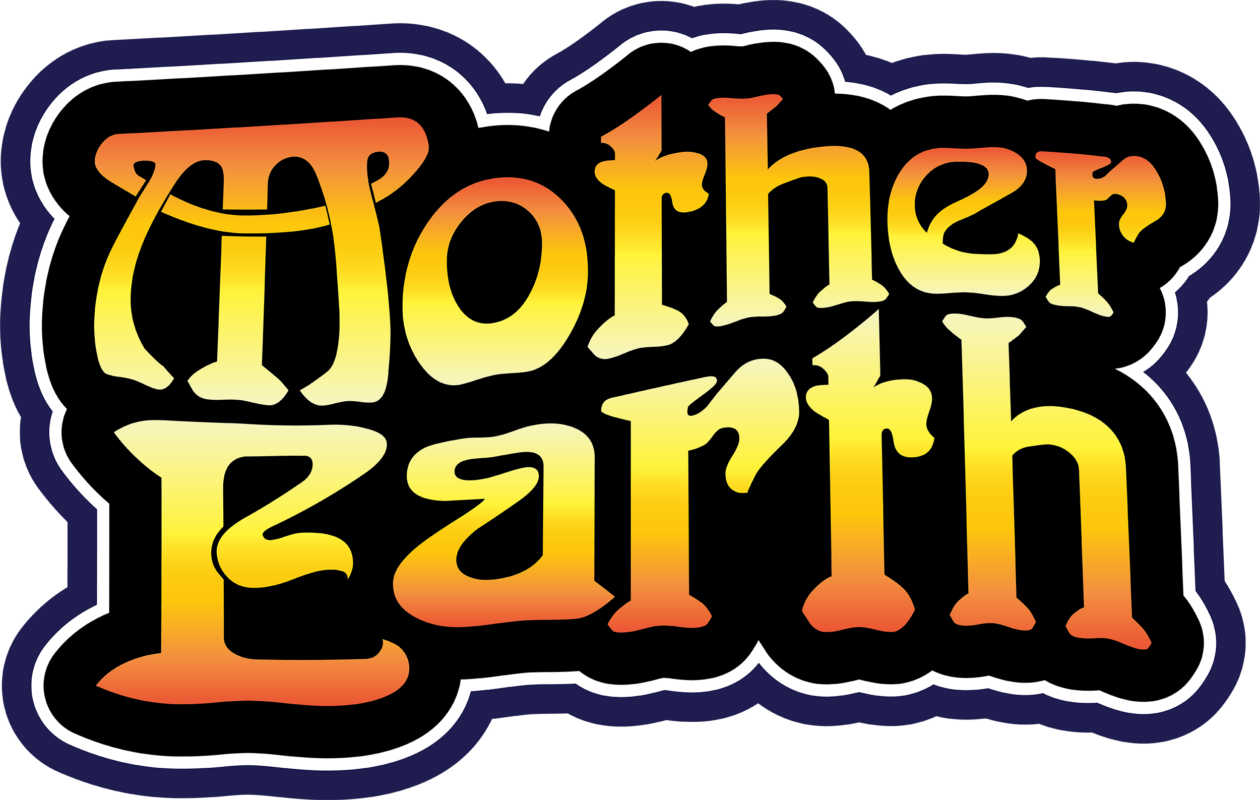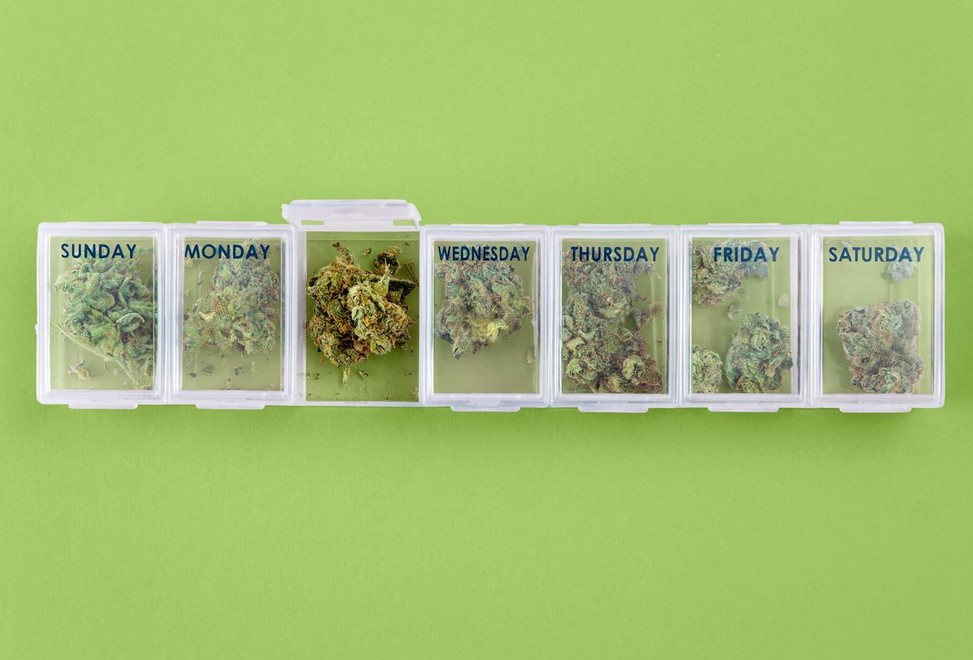Uncategorized
Cannabis Microdosing for Anxiety: How It Works
The purpose of the information on this website is to provide general information only, and should not be taken as professional medical advice. With anxiety disorders affecting a large percentage of American adults, prescriptions for pharmaceutical drugs are common. Unfortunately, many of these drugs have severe side effects.
Due to the unpleasant side effects of many traditional medications, millions of Americans are searching for alternative treatments. With medical cannabis legal in many states (and some permitting recreational use), it seems that cannabis may be a viable option.
The main issue with weed is that brain function and physical capacity noticeably change when THC is present. Fortunately, users may be able to consume cannabis while mostly avoiding the undesirable effects of THC.
Microdosing cannabis is a relatively new phenomenon, but it may be an effective way to consume the drug.
The Basics of Microdosing
Microdosing involves consuming small amounts of cannabis over the course of a day. The amount is enough to feel a noticeable change, but not enough to alter cognition significantly. Before his death in 2008, Albert Hofmann – Swiss chemist and creator of LSD – stated that microdosing would become one of the most important areas in psychedelic research. Since then, many scientists have seemingly agreed – even if it has taken some time for the concept to catch on more broadly.
For example, relatively few people even know about microdosing according to Michelle Ross, PhD (founder of the IMPACT Network). Instead, they continue using large amounts of high-THC cannabis under the false assumption that more is always better when mitigating specific medical symptoms.
Despite what many people think, an increasing amount of medical research suggests that less is often more when it comes to cannabis.
The 2012 Portenoy study observed the effects of nabiximols on 263 cancer patients over the course of five weeks. Nabiximols is a synthetic THC/CBD compound, and patients received either low doses (1-4 sprays), medium doses (6-10 sprays), or high doses (11-16) per day. The results showed that those in the lower and middle dosage ranges experienced more pain relief than those in the higher range.
Although using small doses of LSD and other psychedelics is nothing new, experts have recently discovered that lowering THC dosages in cannabis may be helpful for medical patients suffering from a plethora of different ailments.
According to Dr. Dustin Sulak, a physician specializing in cannabis medicine, raising THC consumption may be counterproductive, and may actually lead to diminished health benefits. He stated that in some cases, cannabis can sometimes cause anxiety rather than subdue it.
Benefits of Microdosing
Depending on what a person needs and wants, microdosing can have different effects. For example, some people report being more productive when they microdose while still being able to think clearly. Others find that it’s a good way to reduce stress levels.
Here are some possible advantages of microdosing cannabis. However, it’s essential to keep in mind that everyone may react differently to this treatment. Note that there also haven’t been any clinical studies on the below conditions:
Pain Relief & Inflammation Reduction: Although THC’s psychoactive effects are well-known, recent studies suggest that low doses of the compound can actually relieve pain by activating the endocannabinoid system.
Nausea: According to numerous chemotherapy studies, marijuana may help lessen the feeling of nausea and offer patients some relief.
Insomnia: Many people struggling with insomnia turn to marijuana for help. However, what some don’t know is that users may face drowsiness and tiredness throughout the day. Microdosing can be a solution by providing relaxation at night and inducing deep, natural sleep patterns without next-day grogginess.

How Does Microdosing Help Anxiety Specifically?
Cannabis’s effects regarding stress and anxiety appear to be twofold. Low doses of THC can help decrease your stress levels, but in greater concentrations, it often has the opposite effect.
A study conducted by teams from the University of Chicago and the University of Illinois shows that cannabis’ effects are dose-dependent. The link above outlines how, during a public speaking task, low doses of THC helped to reduce nerves while higher doses resulted in increased levels of anxiety for test subjects.
Not only does low-dose THC have an effect on anxiety, but there have also been publications discussing the impact of small CBD doses in stressful, panic-inducing, and anxious situations.
A 2015 publication in Neurotherapeutics discussing CBD’s positive effects on anxiety levels. Researchers found that microinjections of CBD into the DPAG region produced anxiolytic, or anti-anxiety, effects.
The researchers’ conclusive statement in the publication claims that “CBD is proven to be effective in reducing anxiety relevant to multiple disorders through preclinical evidence, including PTSD, GAD, PD, OCD, and SAD.”
An interesting 2015 study published in the European Journal of Pharmacology observed that microinjections of CBD into the substantia nigra region of the brain (a basal ganglia structure), produced panicolytic effects. In other words,page=”35″> animals that encountered a dangerous fight-or-flight situation found it more difficult to run away out of fear.
The authors of this study speculate that cannabidiol microinjections could help to regulate “panic-like defensive behaviour.”
Are There Any Disadvantages of Microdosing Cannabis?
Therefore, microdosing cannabis could present the biggest benefit while using the least amount possible. Furthermore, experienced smokers who want to try this method may find it difficult to stick to one dosage – and that’s finding a dose which works for them in the first place. This can be tough since everybody is different; what might work for one person (say two milligrams) may not do anything at all for another person. There are various calculations online about how much somebody should take, but these generally don’t apply universally across people.
If you are new to cannabis, it is suggested that you begin with a low dose and gradually increase your consumption.
There is one example of how to microdose below, however it’s not the only way to do it. For this method, you would consume 1 mg of THC two days in a row and on the third day, consume 1mg of CBD. It’s recommended that you use an oil tincture for more accurate measurements. Lastly, for your maximum health comfort and safety – answer the following questions:
- Is it easy to breathe?
- What is the current level of calm or comfort?
- Is it easy to generate a genuine smile?
Users should then grade each answer on a scale of 1-10. After scaling the answers, users can consume cannabis and wait 45 minutes. They should thengrade the three answers again. If there is no change in scores, they need to increase dosage by one mg.
Repeat these steps until your scores change. If they differ significantly, you may have discovered your minimum effective dose or personal cannabis threshold. Finally, increase the amount until there is no further improvement in symptoms.
Microdosing Consumption Methods
In general, there are three main dosing methods:
- Edibles: This is a great choice for those who don’t smoke and is easy to gauge its impact. Just be aware that, unlike smoking weed, the effects of edibles can take a while to kick in.
- Smoking: This is the most common way to consume psychedelics, but it’s not effective for microdosing because it’s tough to measure dosage accurately.
- Vaporizing: This is a healthier option than smoking, as users can get an accurate dose. There are many vape liquids available to purchase.
What Are The Best Microdosing Cannabis Strains?
Although Microdosing has not been receive much attention in research, sativas are considered the best type of cannabis strains to use for an uplifting experience. To console the effects of THC, it is also suggested that you find a strain with a reasonable level of CBD. Here are five excellent options:
1 – Tsunami Crush
If you’re looking for a potent sativa cross between Sour Diesel and NYC Diesel, Tsunami Crush is the perfect strain. With an almost even ratio of THC to CBD (11%), it’s one of the finest medicinal marijuana strains around. However, be careful not to consume too much at once – it can create a slow but potent change in cognition if you do!
2 – Pineapple Thai
This strain of 100% sativa cannabis is amazing for its sweetness, pleasant tropical pineapple aroma, and spicy taste. With 5% CBD and up to 24% THC, users can microdose this plant in order to reap maximum health benefits.
3 – Kaua’i Electric
Kaua’i Electric is a native Hawaiian sativa strain with THC levels reaching 18%. Its CBD content usually sits around 4%, resulting in an intense experience for users. The best place to find high-quality Kaua’i Electric grows naturally on the Powerline Trail near Mount Waiʻaleʻale, one of Hawaii’s most iconic mountains.
4 – Pinetrak
Pinetrak is a sativa marijuana strain hybridized between Mexican and Thai strains. It contains 4% CBD and up to 21% THC, which may cause intense psychoactive effects.
However, many smokers have noted its ability to give users sudden waves of inspiration and motivation instead.
5 – Happy Hiker Haze
With a THC content of 22% and just 2% CBD, Happy Hiker Haze is a marijuana strain that gives users a rapid, euphoric feeling which can often result in joyous laughter. If users microdose it though, they will feel relaxed and happy for the entire day.
Final Thoughts on Microdosing Cannabis for Anxiety
Though it’s not especially well-known, microdosing might have some benefits. Users could experience some of the positive effects of cannabis while avoiding the intense psychoactive effects. People who want to try microdosing in a place where medical marijuana is legal may be pleasantly surprised by the results. In fact, even experienced smokers have said they noticed a difference aftermicrodosing.


